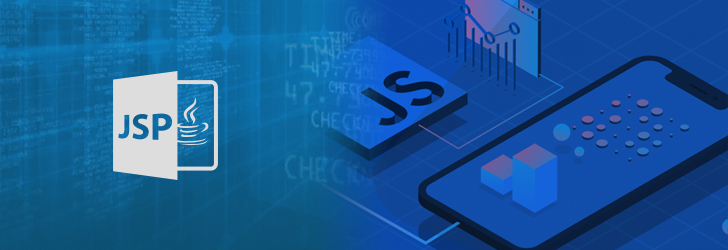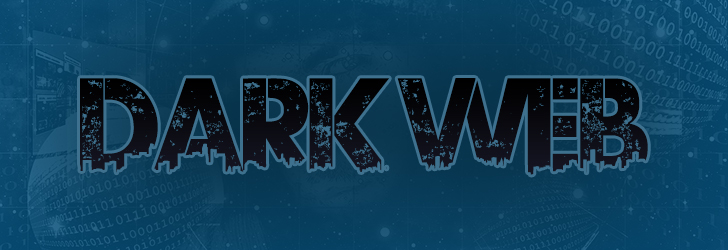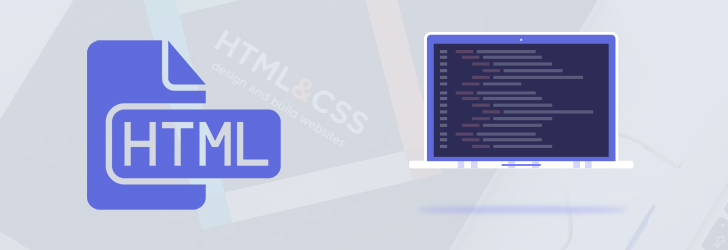
JSP is also referred as Java server pages. It is a language used for web development and is similar to PHP or ASP. It is used extensively for dynamic web page generation. JSP was first released in 1999 by Sun Microsystems.

JSP is also referred as Java server pages. It is a language used for web development and is similar to PHP or ASP. It is used extensively for dynamic web page generation. JSP was first released in 1999 by Sun Microsystems.

Dark web forms a part of the Deep web which cannot be indexed by search engines. These are a collection of websites that are publicly visible but can hide the IP addresses. This makes tracking of such websites difficult. A search engine will never be able to find such websites.

World Wide Web, also commonly referred to as www is a term we frequently hear about. Though this has become an integral part of our lives, many still feel it is same as the Internet. However, Internet and World Wide Web are closely linked and are two different entities. Internet refers to a global network of computers interconnected in a specific way. The World Wide Web or www is a collection of web resources and pages found over this network. To access the world wide web, a web browser is needed.

A webmaster is the position given to a person responsible for maintaining one or more websites of a company. The position came about for the need of having someone to fulfill these duties and after once it was required for there to be a single point of contact for those who administered a domain and as such, the "webmaster" title unofficially became tied to "web administrator".

As the prominence of technology continues, the advent of mobile technology will continue to grow and expand as well. For many developers, this means learning and understand mobile development intimately and being capable of not only identifying the differences between mobile web development and normal web development; but also knowing and understanding why these differences exist.

Web2.0 refers to websites on the World Wide Web (WWW) which focus on user-generated content, usability and ease of use, and interoperability between one website and other products, devices, or systems. To be perfectly clear, the term does not refer to an update of any specific language or application but rather; a change in the process involved with how developers web pages were created and used.

Cascading Style Sheets (CSS) is a style sheet language used for describing and defining the presentation of a document written in some markup language such as Hypertext Markup Language (HTML). As a matter of fact, next to HTML and JavaScript (JS), CSS is one of the core parts of the World Wide Web (WWW) to create visually engaging websites and user interfaces for both web applications and mobile applications.

PHP: Hypertext Preprocessor (PHP for short) is a language made for server-side scripting with a focus on web development; although, it can also be used as a general language tool. Although originally created by Rasmus Lerdorf in 1994, its reference implementation is now managed by The PHP Group. Originally, “PHP” stood for Personal Home Page but since then, it became a recursive acronym for the full name of PHP: Hypertext Preprocessor.

JavaScript (JS) is a high-level interpreted programming language that is also considered to be dynamic, weakly typed, prototype-based, and multi-paradigm. Alongside Hypertext Markup Language (HTML) and Cascading Style Sheets (CSS), is one of the three core technologies of the World Wide Web (WWW). Its characteristics allow for the creation of dynamic web pages which can be interactive with users. It can be found employed commonly by most modern-day websites while all modern-day browsers support it without the need of any plugin through means of a built-in JavaScript Engine. Each JS Engine represents a different implementation of JS and is all based on the ECMAScript specification with some not supporting the spec fully while many others support it entirely and more features beyond it.

Hypertext Markup Language (HTML) is the standard markup language used for creating web pages and web applications. Alongside Cascading Style Sheets (CSS) and JavaScript (JS), it forms the triad of the World Wide Web (WWW). A web browser would typically receive HTML documents from either a web server or local storage. These documents are then rendered into multimedia web pages by the browser for viewing by a user and as such; one can say that these documents basically make up the structure of a web page semantically and originally, cues for the appearance of the document.